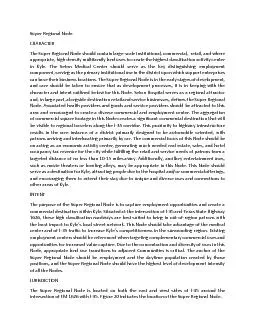PPT-Super Model
Author : tatiana-dople | Published Date : 2017-06-22
Page 162 Super Model Start a new threadtopic Learning Target How can you determine the structure of something you cannot see Update TOC Super Model Read Intro p
Presentation Embed Code
Download Presentation
Download Presentation The PPT/PDF document "Super Model" is the property of its rightful owner. Permission is granted to download and print the materials on this website for personal, non-commercial use only, and to display it on your personal computer provided you do not modify the materials and that you retain all copyright notices contained in the materials. By downloading content from our website, you accept the terms of this agreement.
Super Model: Transcript
Download Rules Of Document
"Super Model"The content belongs to its owner. You may download and print it for personal use, without modification, and keep all copyright notices. By downloading, you agree to these terms.
Related Documents














